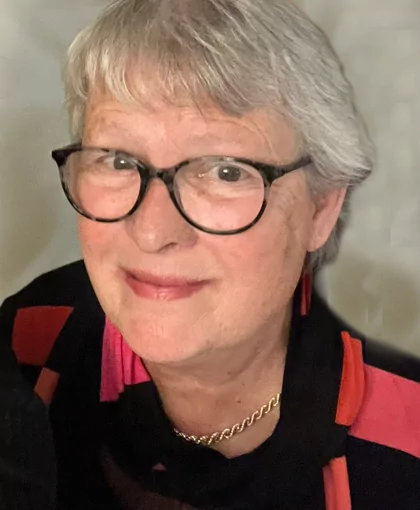Book
2023
Catherine Limousin. Henri Désiré Gauquié (1858-1927) : Catalogue raisonné. Editions Invenit, 213 p., 2023. ⟨halshs-04134978⟩
This first catalogue raisonné of the sculpted work of Henri Désiré Gauquié (1858 -1927) lists 159 creations that are still often unknown. Henri Gauquié was born in Flers-lez-Lille in 1858. Very young, when he lived in Valenciennes, he was noticed for his gifts of modeling and woodcarving, and returned to the Academies of the city where he followed the teaching of sculptor René Fache from 1872 to 1878. From 1878 to 1888, he studied at École nationale des Beaux-Arts in Paris in the studio of Jules Cavelier. The Universal Exhibition of 1900 was a godsend for the young sculptor, who was asked for several works: his rounds of little Cupids, on the historiated candelabras of the Alexandre III bridge in Paris, are known to all tourists who visit the capital. Henri Gauquié, whose small marble or bronze figures are inspired by Italian or French sculptures of the 16th-18th centuries, claims to be a “sculptor decorator”. It offers a rich and varied sculpted work, prized, what is more, by collectors. This catalog presents 159 works, including many often forgotten monumental works. Henri Gauquié is a talented modeler. We know few of his drawings, but he happily interprets the drawings proposed by the architects with whom he worked throughout his career and in particular the architect Henri Guillaume (Paris, 1868-Paris, 1929). The monumental works studied in the catalog are located in many regions of France. The Hauts-de-France region retains the greatest number with nineteen monuments made, such as L'Abreuvoir, Monument to the 58th British Division at Chipilly, in the Somme, and its Monument to Marshal de Villars at Denain in the North department. We also owe him the decor of the Théâtre de Béthune and the Monument to Senator André Déprez in Harnes in the Pas-de-Calais. We find works in the Bourgogne-Franche-Comté region, with the Monument to the soldiers of the canton of Semur who died for the Fatherland, in Dax or Périgueux via the Auvergne-Rhône-Alpes region with the imposing Monument to Sadi Carnot In Lyon. We should not overlook the religious works created for the Archbishop of Rouen, Mgr Frédéric Fuzet, and the many orders placed with him by the Le Grand, successive owners and directors of the Benedictine Palace in Fécamp, manufacturers of the famous liqueur. In 1913, on the eve of the Great War, his stone group L'Humanité collecting the victims of labor was exhibited at the Salon des artistes français and won him the medal of honor with his equestrian statue of Marshal de Villars. This very sensitive work also testifies to the qualities of heart of the artist, qualities praised by many of his friends and compatriots.
Thème(s) de recherche

